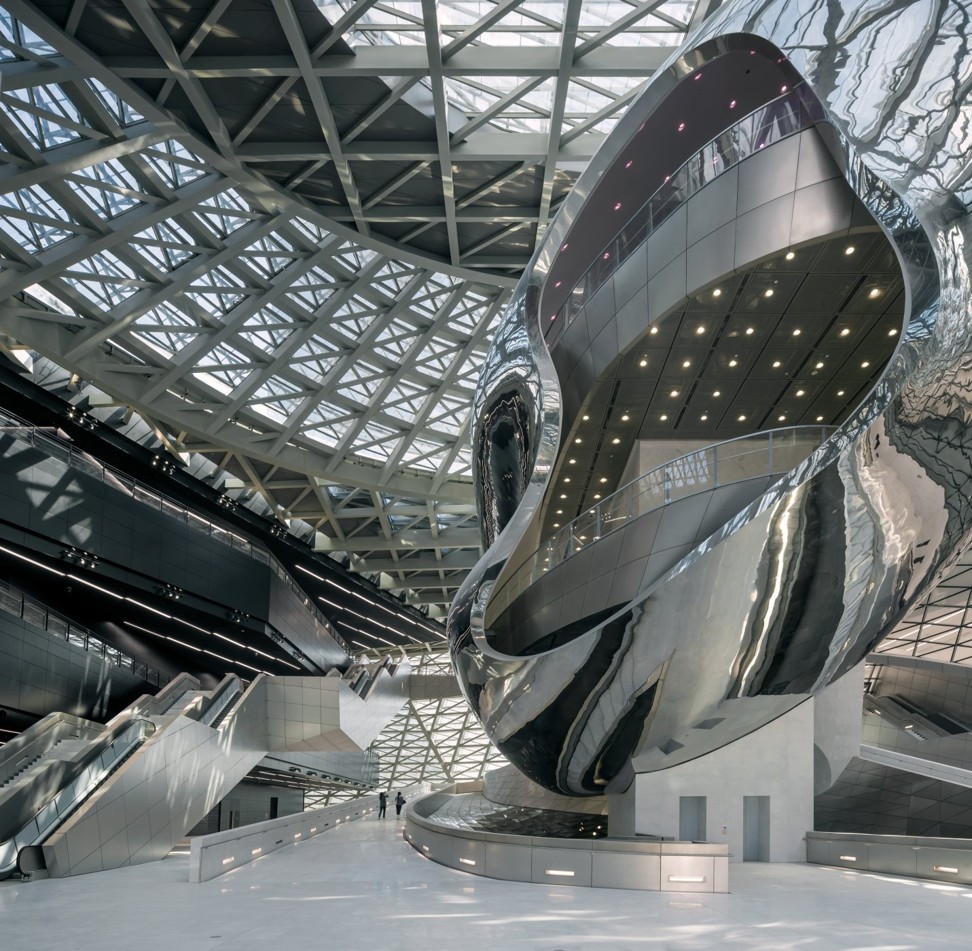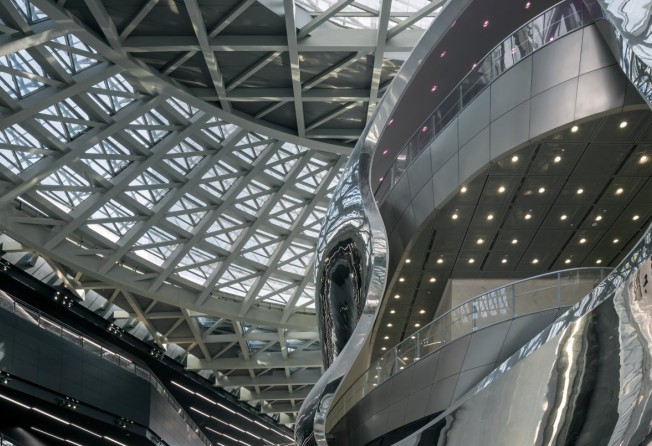
From China to the Middle East, museums are being built as a branding exercise
Around the world, the rise of museums built by non-museums are helping countries wield their soft power

The contemporary art crowd are a pretty cosmopolitan lot. But few traverse quite as diverse a cultural landscape as globe-trotting museum adviser Alexandre Colliex.
The Collector caught up with Centre Pompidou’s former head of international development when he made a flying visit to Hong Kong last month and he shared some interesting observations about the rise of museums built by non-museums around the world.
Colliex, who is French, has been working as an independent adviser in recent years and one of his clients is Saudi Aramco, the world’s largest oil producer. This summer will finally see the official opening of its King Abdulaziz Centre for World Culture (or Ithra), housed in a dramatic venue next to the kingdom’s first-ever oil well and shaped like a giant rock formation.
“It is like a Pompidou in the desert,” Colliex says of the museum and multi-purpose cultural hub originally scheduled to open in 2013.
His relationship with the Saudis began when he helped arrange a loan of artworks that year from the Pompidou to Dhahran, Aramco’s headquarters, which included paintings by Pablo Picasso. “It was the first art exhibition featuring Picasso in the country. Until that time, representation of the human figure was banned,” he says. “Ithra is one of the signs of the country opening up. It will have cinemas, theatres, exhibition spaces and workshops. And everyone I worked with was open to the idea of promoting cultural exchange.”
There are many advantages to building museums and promoting culture. Saudi Crown Prince Mohammed bin Salman is slowly steering the country away from its extreme conservatism and nepotism, and his moderate views were demonstrated last year by his reported financing of the United Arab Emirates’ US$450 million purchase of Leonardo da Vinci’s Salvator Mundi. It is inconceivable that the old guard would have approved of paying so much for a portrait of Jesus Christ.

As Colliex points out, Ithra is also an example of the country giving its youth a window on the world.
All over the non-Western world, authoritarian governments are similarly using art to soften their image while private enterprises, such as developers hoping to sell their properties at a premium, are doing the same to burnish their brand image.
“Ours is an image-based civilisation. The Tower of Babel is a story of how mankind was punished by being unable to communicate with each other,” Colliex says. “We may not speak each other’s language but we can understand the visual signs. For example, tourists coming to Hong Kong won’t visit the libraries but they will go and see M+ [museum of modern art].”
But all those budding private museum owners out there need to be aware of how hard it is to build up a sustainable programme from scratch, he warns.
Ours is an image-based civilisation [...] We may not speak each other’s language but we can understand the visual signs. For example, tourists coming to Hong Kong won’t visit the libraries but they will go and see M+ [museum of modern art]
“It’s not just about the big, shiny, Pritzker Prize-winning box outside. You need a programme and you need to keep changing it, and make sure the museum is financially sound,” he says. “There are a lot of real-estate developers who open museums but since art exhibitions never break even, they often don’t invest enough in them.”
Colliex has been involved in the Shenzhen government’s new Museum of Contemporary Art and Planning Exhibition (Mocape), a major landmark in Futian district. But the authorities have been sending out requests for programmes mixing contemporary art and urban planning. “For the moment, they don’t really know what they want,” he says.
Beijing’s Red Brick Art Museum, founded by couple Cao Mei and Yan Shijie in 2014, is one of the few private museums in China that consistently presents well-curated exhibitions, Colliex says.
Meanwhile, various financial models are being tested. Also in the capital, the Ullens Centre for Contemporary Art is trying to subsidise the exhibition side with a retail operation and children’s art education programme. In France, the Louis Vuitton Foundation – funded by the luxury brand – has a highly successful museum that now competes with well-established institutions, he says.
The jet-setter is heading off to Marrakech next, where client Hicham Daoudi has just opened his Comptoir des Mines Galerie in a beautiful 1930s art-deco building.
“Morocco has a very exciting art scene for emerging artists since it sits between Europe and the Arab world and looks southward to Africa,” Colliex says. “But I don’t see many Asian collectors going there yet.”
However, there is one project about which he is keeping mum: Adrian Cheng Chi-kong’s rumoured 100,000 sq ft Chow Tai Fook (CTF) museum, located in New World Development’s Victoria Dockside project, on the Tsim Sha Tsui harbourfront. I guess we will just have to keep checking with the company for news.